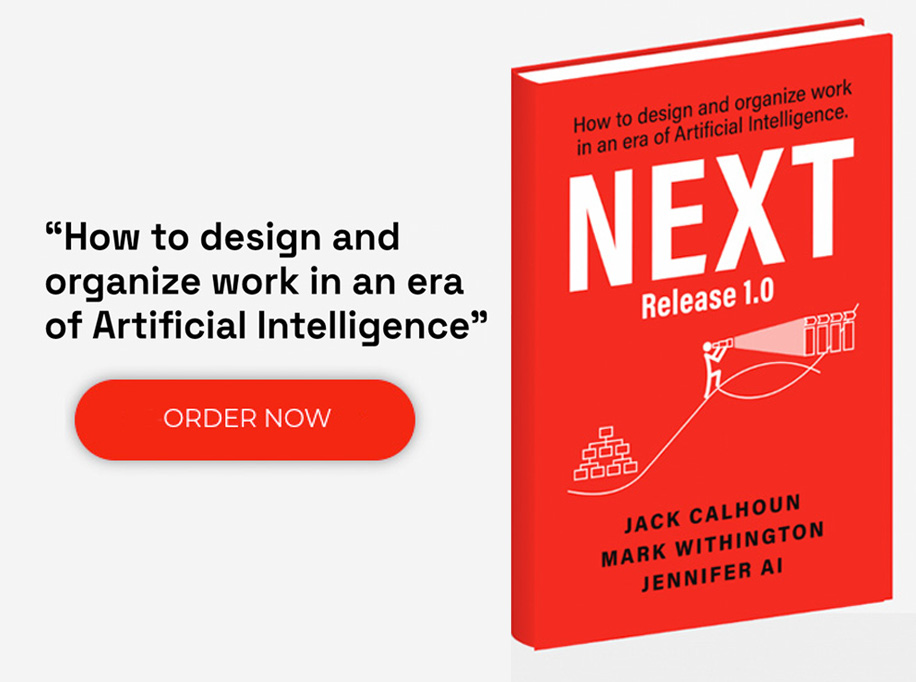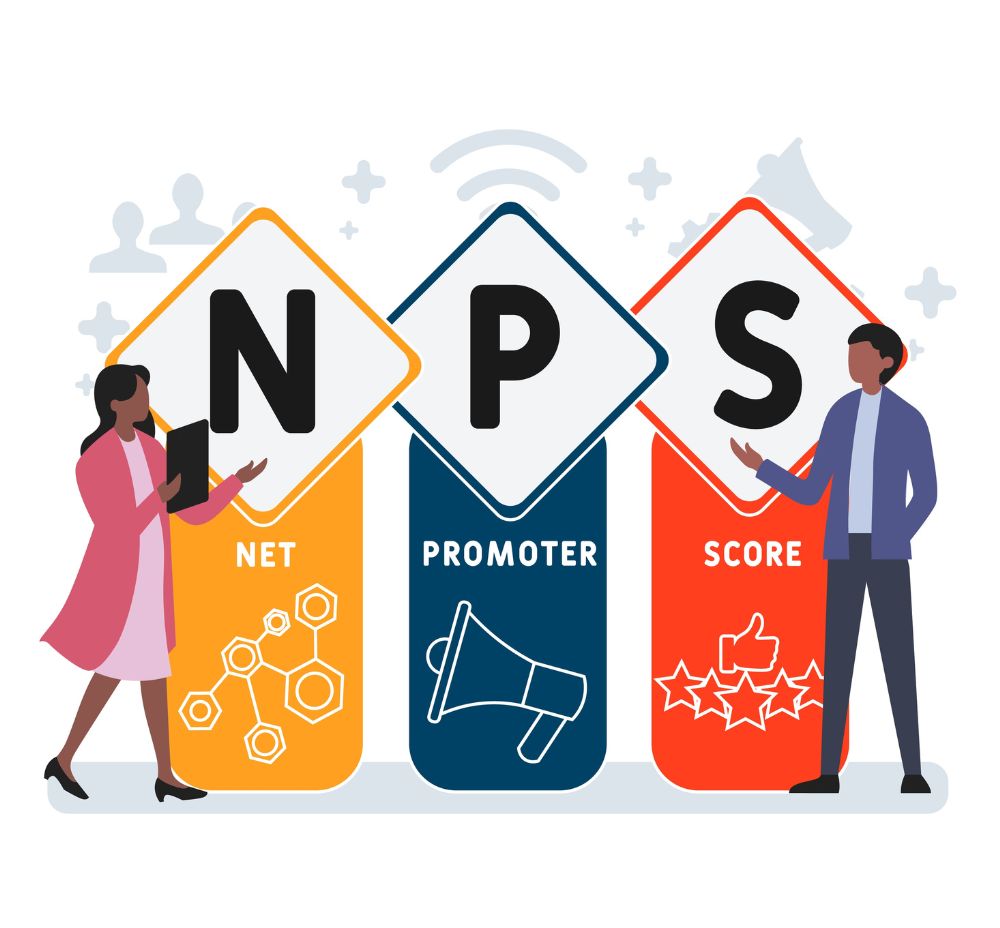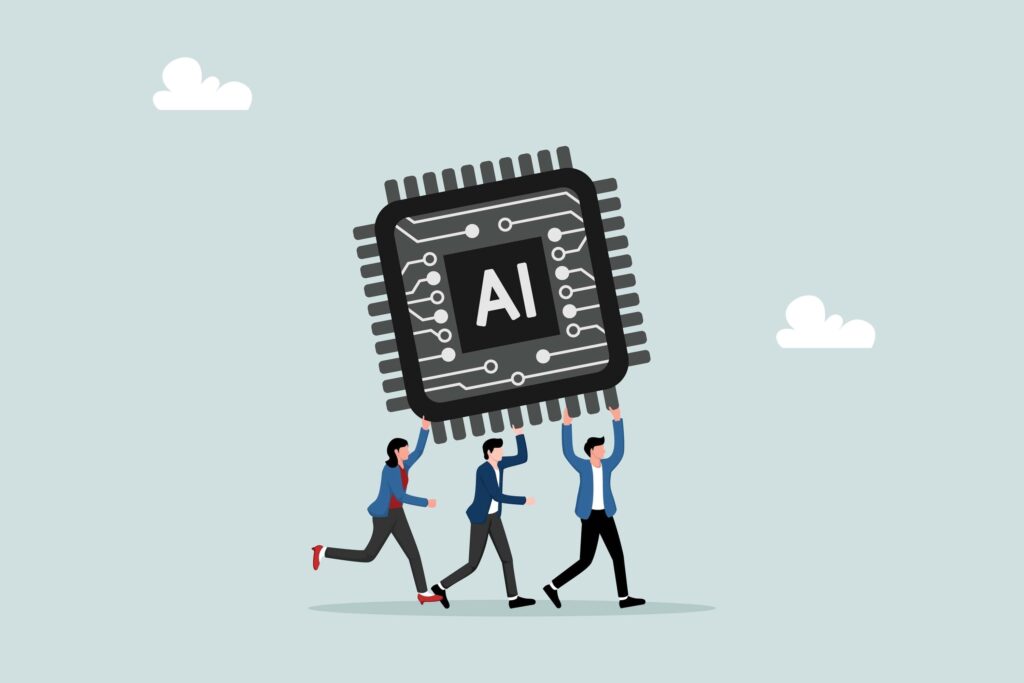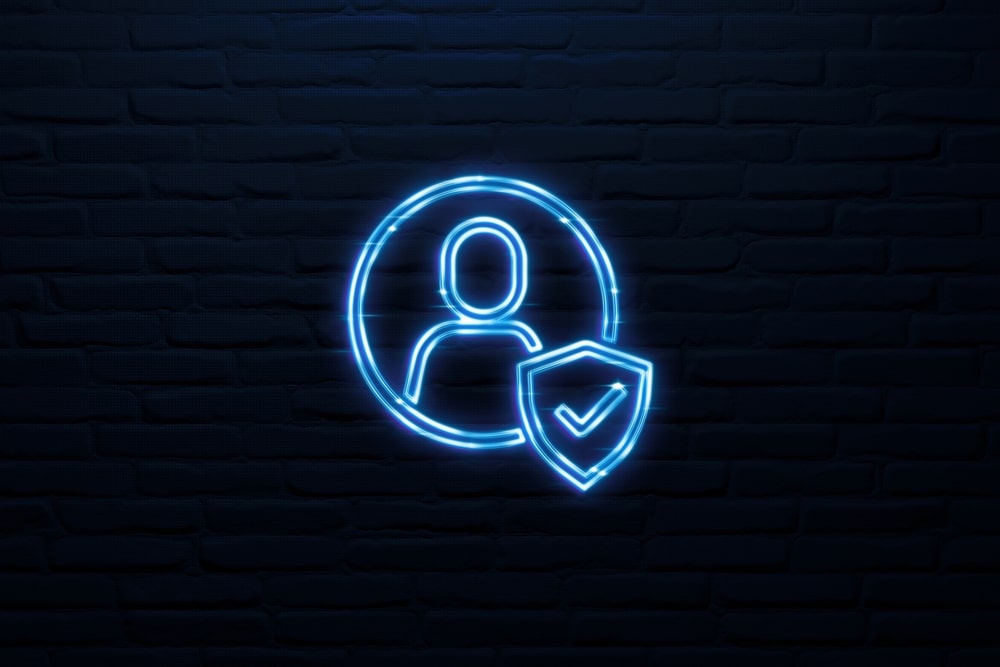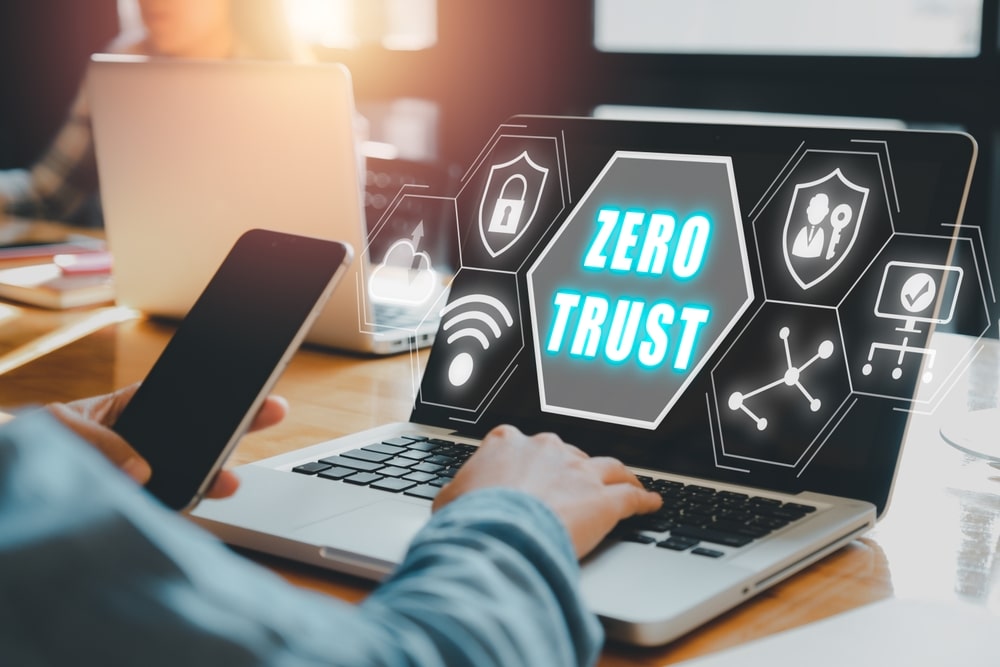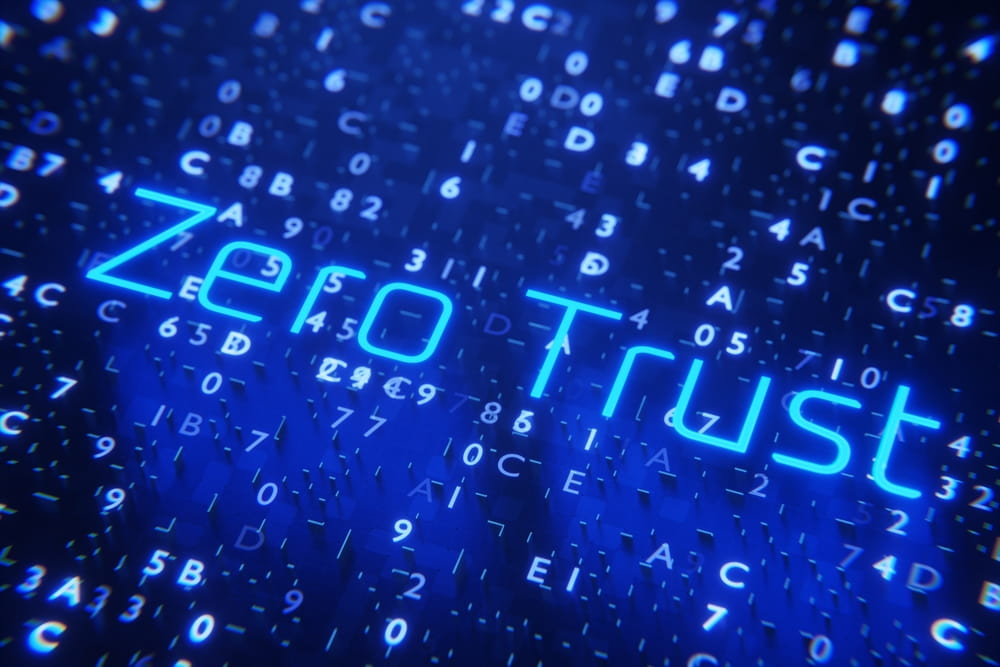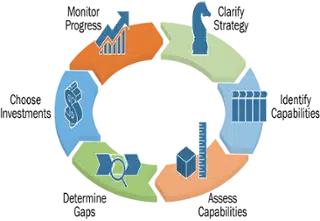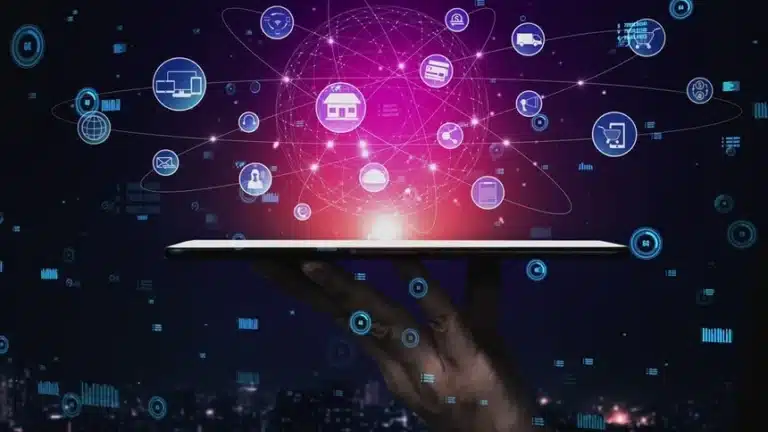Omnichannel customer experience describes a holistic strategy for creating a seamless customer experience (CX) by thoroughly integrating all the points of contact and communication between a supplier and a consumer. By now, nearly everyone understands the need for multiple ‘pathways’, or omnichannel commerce between consumers and suppliers. One need look no further than the plight of traditional restaurants, ill-prepared to handle the sudden change in delivery patterns during Covid-19 (e.g., from traditional seated in-house to takeout/curbside) to reinforce the need for omnichannel customer experience.
What is an Omnichannel Customer Experience?
Beyond simply recognizing the different channels of communication and commerce, however, is the larger issue of designing and coordinating the omni channel customer experience, which is the choreographed interaction between the supplier and consumer across all possible pathways (phone, messaging, web, chat, chatbots, email, social media and in-person). An omnichannel approach acknowledges that customer interactions can originate anywhere and move across multiple channels, and therefore, require strategy and management to maintain a continuous and consistent experience.
For example, you might be shopping online at an organization’s website while simultaneously chatting with someone in their call center, or customer service department. This is an example of an omnichannel CX. It’s important to note that nothing frustrates your customers more than inconsistent information, and therefore, all interactions between customers and the organization must sync and mesh into a cohesive and consistent experience if they’re to remain happy AND loyal customers.
Achieving this level of consistency within the customer journey requires a Source of Truth architecture that captures all interactions in one place and then distributes that information out to the appropriate stakeholders, i.e. whoever oversees customer service, etc. This level of consistency remains the elusive holy grail for most front-of-house (i.e., customer-facing) systems primarily because the CX design is divorced from the supporting technology supporting the experience. With omnichannel CX, the goal is to combine supporting technologies into a seamless customer experience.
Benefits of Omnichannel CX
Here are some of the many benefits of omnichannel CX.
- Customers have more choices
Going back to the restaurant example, with an omnichannel approach, a restaurant might expand its offerings from dine-in to include take-out, curbside pick-up, and delivery. By giving customers multiple ways to reach you and interact with your product, your business remains relevant to your customers.
- Happier customers and increased revenue
When an organization can seamlessly interact with its customers across multiple channels, this leads to happier, more loyal customers, who are having a superior customer experience. A loyal customer base means repeat business and increased word-of-mouth advertising, both of which lead to higher revenue.
Omnichannel vs. Multichannel Customer Experience
If a multichannel customer experience is one with multiple ways of communicating with a business and interacting with its products, how is it different from an omni channel customer experience approach? So—while multichannel and omnichannel may have very similar components (eg. Customers can communicate with an organization through their social media, as well as through their website.), what differentiates omnichannel and multichannel is that multichannel operates with silos and no coherent design. Contrast this to omnichannel customer experience which includes a holistic strategy that integrates every avenue for customer experience into one seamless design.
How to Implement Omnichannel CX
Excited to take advantage of the benefits omnichannel CX can lend your business? Here are a few tips for getting started.
- Use customer journey maps
Understanding your customer’s complete journey with your business will allow you to target areas where improvement is needed. Your customer’s journey includes all of the touchpoints that lead to a purchase, or not.
- Take feedback seriously
Listen to what your customers tell you about their experiences and actively collect feedback through surveys. This will show you where any blind spots are in your business’s CX.
- Find technology solutions
It’s imperative that no matter how a customer is interacting with your business, all of their data is in a single, easily assessable place. Without this kind of technological framework, customer information would be scattered across multiple platforms. And remember, the single thing customers dislike the most is when a business does not have all of their information at hand.
- Take it slow
Depending on the size of your organization, this may be a long process. Changing company culture and processes, while worthwhile, can take some time. So, start slow, be patient, and communicate the benefits of an omnichannel approach.
Transform Your CX with Accelare
Here at Accelare, we’re proud to utilize ServiceNow’s Customer Service Management (CSM) platform along with traditional customer experience design tools (such as personas, customer journeys, service blueprints, and empathy maps) and behavioral economics to achieve omnichannel customer experience through our Purpose Driven Customer Experience (PDCX) methodology. Our methodology and platform make developing and implementing an omnichannel approach to CX a seamless, speedy experience.
If you would like to learn more about PDCX and determine how PDCX and CSM can impact your organization, I encourage you to take our full Purpose Driven Customer Experience Maturity Assessment, a simple five minute survey that can help highlight CX areas of strength and opportunity within your organization. Purpose Driven CX creates a level of structure around the customer experience that leverages proven concepts from the fields of behavioral economics, service design thinking, and Accelare’s S2E implementation methodology to deliver a level of precision and discipline that any organization can benefit from.

